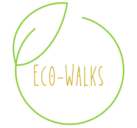- Home
- All Courses
- Eco-Walks Learning Path
- Sustainability
Curriculum
- 2 Sections
- 2 Lessons
- Lifetime
- What Is Sustainability?1
- What Can I Do to Live Sustainably?2
What Can I Do to Live Sustainably?
Introduction
Are you concerned about the effects caused by man’s impact on the environment? Do you think you could improve your actions to reduce your ecological footprint? In this chapter we will give you some suggestions for living in a more sustainable way: some small tricks and practical advice to take into consideration and which you can put into practice very easily in everyday life. We will give you some advice on saving resources, starting from the definition of the 3 Rs. Then we will give you some advice for hiking or to practice any other outdoor activity in a responsible and environmentally friendly way.- Aspects to consider in order to live sustainably
In order to live in a sustainable way, you should take care about different aspects in your daily life.
WASTE: THE 3 Rs TO FIGHT CLIMATE CHANGE
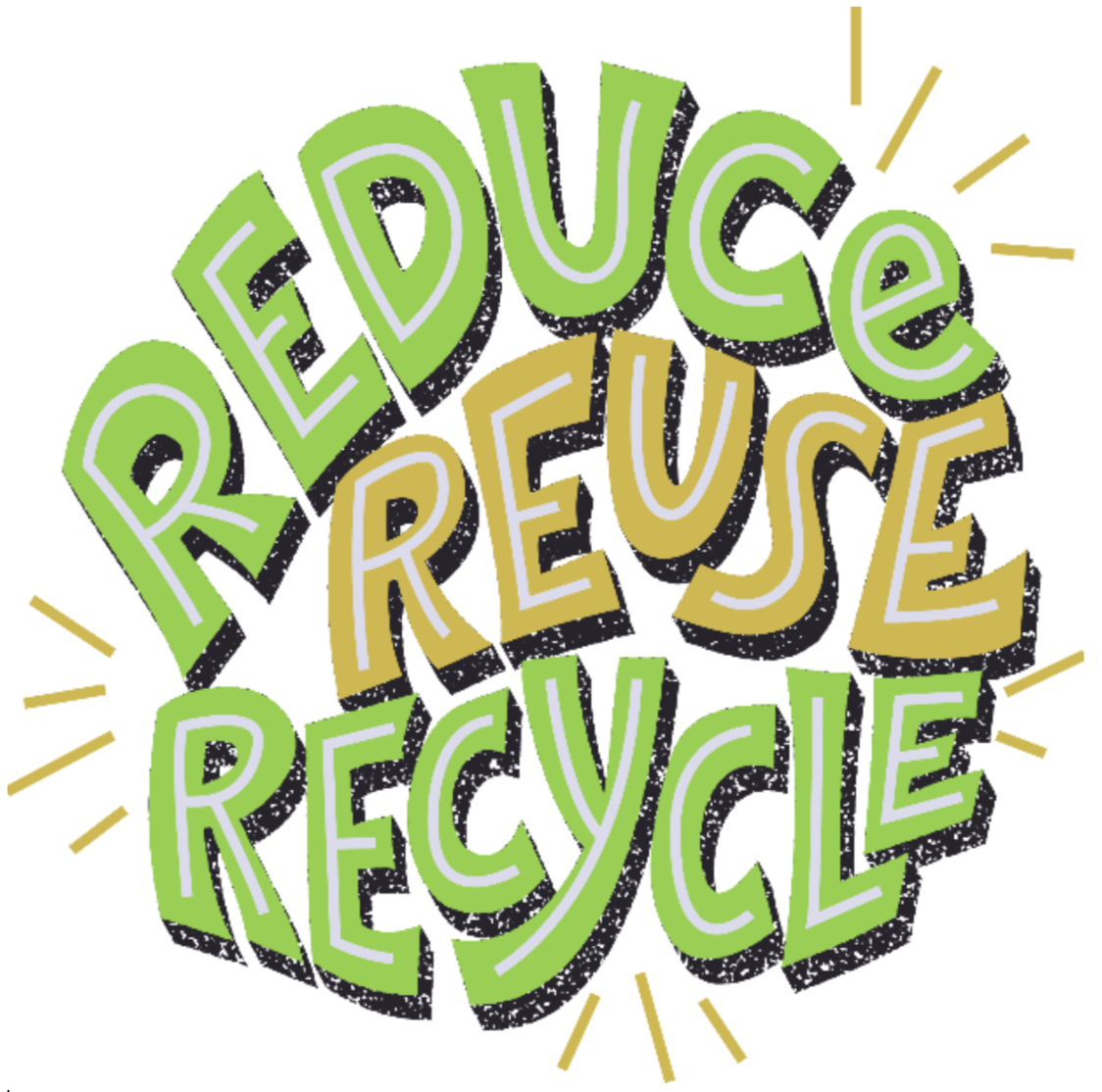
- REDUCE: Buy and consume less and make sure to use all of what you take.

- REUSE: After you’ve reduced as much as you can, you can reuse items and repurpose things for a “second life”.

- RECYCLE: Recycling is the process of converting waste materials into new materials and objects. This concept often includes the recovery of energy from waste materials. The recyclability of a material depends on its ability to reacquire the properties it had in its original state.

WHAT TO BUY & WHERE TO SHOP
Purchase products with certification labels:
there are about many ecological labels on the market, Certifications, Declarations, Attestations that declare that a product or process is green, therefore it responds to certain environmental performances. Pay attention for greenwashing!Shop second-hand:
You will save money (you can often find second–hand goods up to 50% cheaper than new ones), help the environment and preserve natural resources.Buy local:
It is the best way to be environmentally friendly and support your community. It can be more convenient and it helps to reduce your carbon footprint. Furthermore, you will stimulate the economy in which you live.
SAVE WATER & ENERGY
Prefer the shower to the bath
Do the laundry only with full loads
Install low-flow faucets and fix leaky ones
Use less heating and air conditioning
Replace bulbs with LED lights
Turn off any electronic devices when you’re not using them
TRANSPORTATION
Transport is responsible for almost 25% of greenhouse gas (GHG) emissions in the EU.
For this reason, we should be very careful in choosing the means of transport we use in our daily activities and try to reduce our carbon footprint.
Public transportation is one of the most cost-effective and reliable forms of sustainable transportation.
In particular, according to data from the European Environment Agency, rail transport is the most sustainable means of transport, in 2017 only 0.5% of the EU’s total greenhouse gas emissions came from the railway sector.
While many public transport systems are not yet accessible or affordable for everyone, making it difficult for some people to choose sustainable ways of transport, there are many steps we can take to promote sustainable mobility at an individual and community level.
For example, we can use bicycles or walk for short journeys instead of using the car.
We can also consult the options available for car sharing or carpooling or, where possible, use other vehicles like electric scooters, segways and hoverboards.
How to organize an ecological and plastic free outdoor activity, excursion or hiking
Since we are guests of nature, before leaving for our excursions, we should always ask ourselves how to make our outings more and more sustainable.
CHOICE OF DESTINATION
The first thing we must take into account to be truly sustainable, is the choice of our destination or path to take.
With the worldwide spread of social media, some destinations have become saturated. It would therefore be a good thing to focus on less frequented places, or choose to move in low season periods or again, avoid public holidays and weekends, when possible. In this way we will avoid negatively affecting those natural environments that are already too exploited by mass tourism.

HOW TO REACH THE DESTINATION PLACE
As mentioned in the previous paragraph, to reduce our carbon emissions and our negative impact on the environment, it is important to pay close attention to choosing the most suitable means of transport. If walking or using a bike is not possible, it is advisable to use public transport (such as buses or trains) or shared (through car sharing or carpooling) as much as possible.
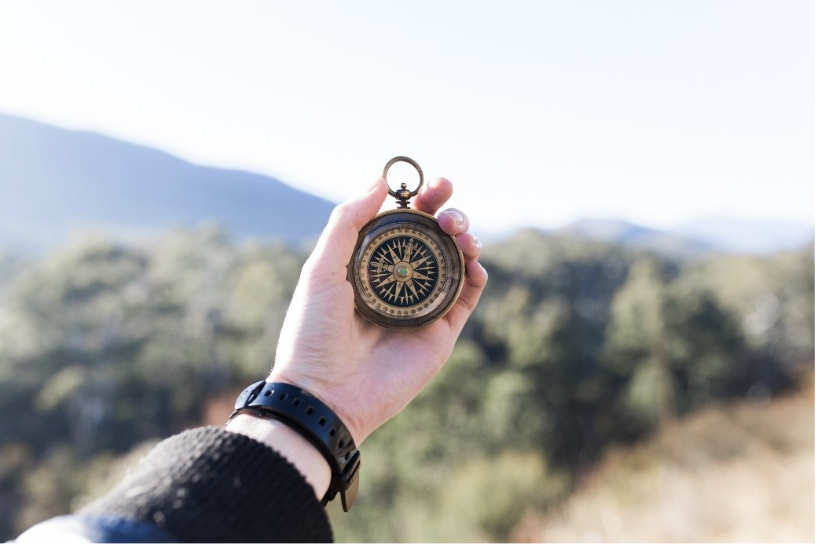
USE GREEN AND SUSTAINABLE EQUIPMENT
The best sustainability practice that we can implement is certainly to use the equipment we already own (even if it is not eco-sustainable): if we decide to throw away our sports equipment before the end of its life cycle in favour of new brands that are more attentive to environment we would have as a result of having generated waste unnecessarily.
If we do not yet have the necessary clothing or equipment, we can decide to buy used, second-hand products, so as not to affect the start of new production processes, which would put a greater burden on environmental resources.
If this is not possible, we can buy new products by focusing on companies that are attentive to the environment, which have an internal policy of environmental and human sustainability.
First of all, it is important to check what environmental impact the materials with which the garments we intend to buy are produced. For example, we can check if these are made with the use of recycled materials, or if the manufacturing company has any certification.
It is important to remember that clothes made of synthetic material release large quantities of micro and nano plastics during washing, which end up in rivers and then in the seas. Whenever possible, choose activewear made from organic natural fibres. There are also some bags on the market to be used for washing in the washing machine, which retain the synthetic fibres that would otherwise end up in the water, reducing the presence of microplastics in nature.
Regarding sustainability towards workers in the supply chain, do employees receive a fair wage?
Finally, we pay attention to the durability of the products, the longer the life cycle of an object is, the later it will end up in landfills, generating new waste to be disposed of.
Instead of throwing away clothes or equipment that you no longer use but are still in good condition, you can donate or exchange them with others.
Some materials and equipment, such as bicycle tire rubber for example, can also be collected and recycled to create new products.
We must also remember that if we are on our first excursion, or we need specific equipment that we could reuse little or not at all in the future, we can choose to rent the equipment we need, without making unnecessary purchases!
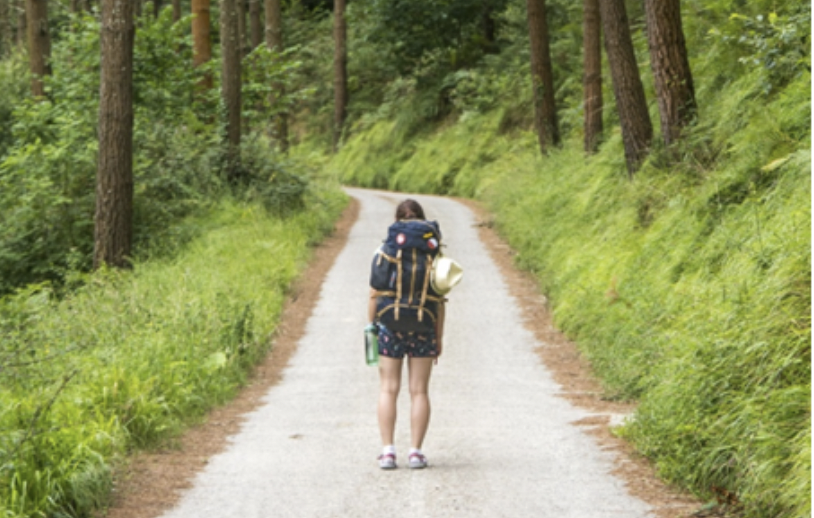
CHOOSE A REFILLABLE BOTTLE
We can choose an aluminium, stainless steel, or hard plastic bottle. Nowadays there is a large variety of products available on the market created for a long life and for every need, in non-toxic materials of the highest quality, including thermal bottles, to keep contents hot or cold. These allow us to stay hydrated without generating waste.
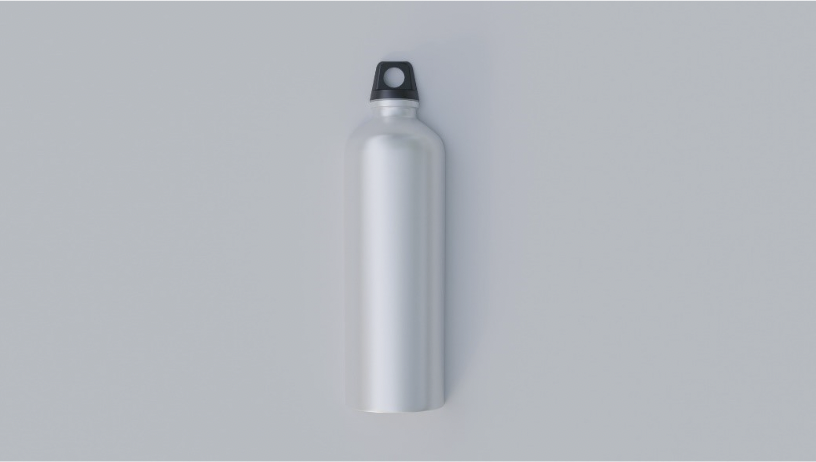
SNACKS WITH REUSABLE PACKAGES
During our excursions we should prefer foods of plant origin, possibly of local origin and without packaging. We can carry them with us in our backpack, using reusable containers or, for example, using beeswax wrappers, which replace the plastic film and are also reusable.
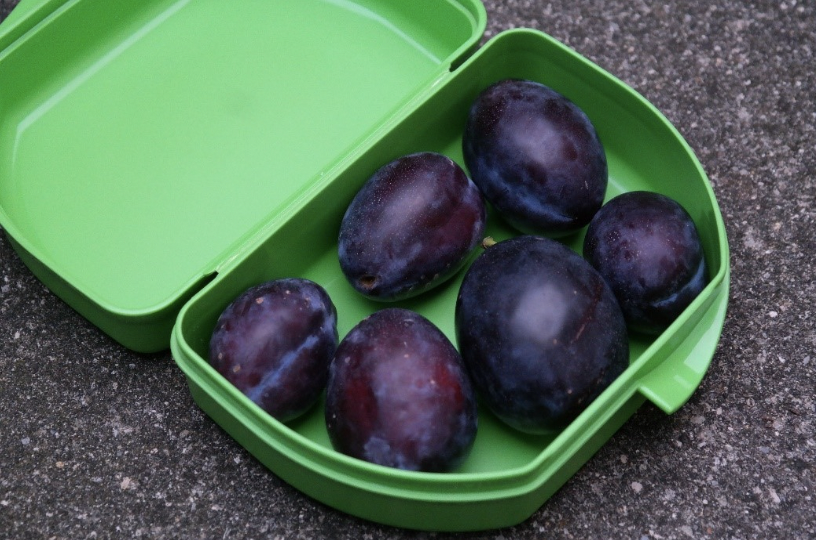
DURING AN EVENT
We can find out if the organizers have taken measures to organize the event in a sustainable way: are there any sustainable options for transporting participants? How is waste managed and disposed of?
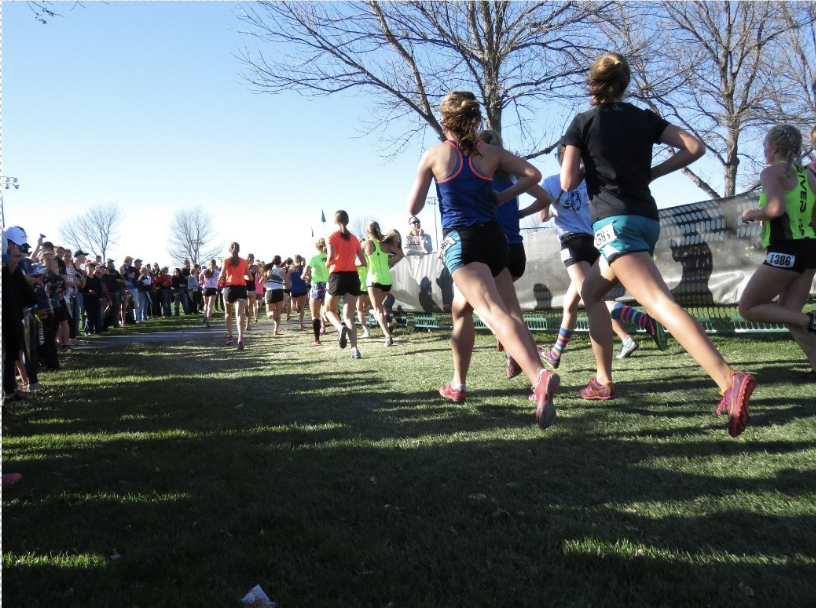
WASTE BAG TO CLEAN THE PLANET
To make our activity or excursion even more ecological, we should always carry a waste bag with us, possibly made of fabric or corn. We will use this, not only to bring our waste home, but while walking or exploring paths in the nature, we will be able to collect some waste left by others or carried there by the wind.
In this way, we will not only respect the environment, but we will leave it even better than we found it!
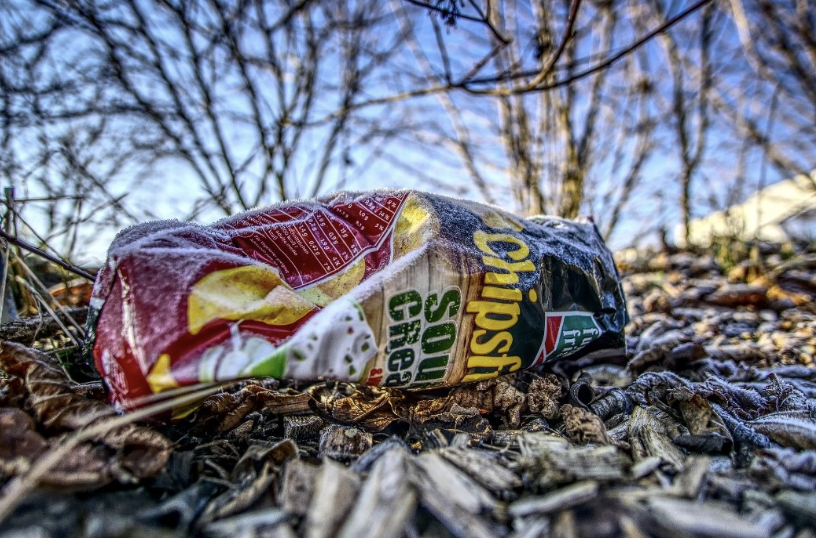
AFTER THE EXCURSION
We must try not to waste too much water to wash ourselves and choose personal hygiene products that have the least possible impact on the environment.
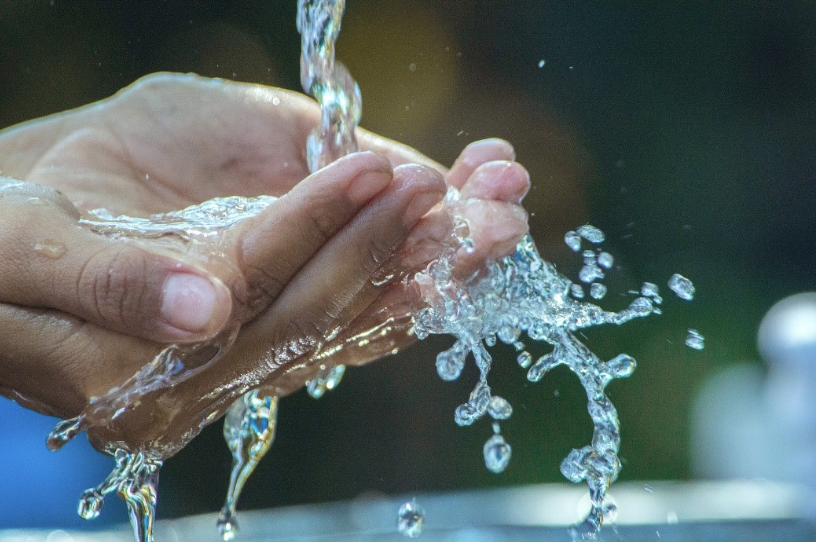
Learn more:
Reuse tips: https://lessismore.org/materials/30-reuse-tips/
Clothing, advice for a sustainable purchase: https://pianetadiriserva.it/impatto-zero/abbigliamento-sostenibile/
Be a More Sustainable Traveler: https://www.nytimes.com/guides/travel/how-to-travel-sustainably
Sources:
https://www.consilium.europa.eu/en/policies/clean-and-sustainable-mobility/
